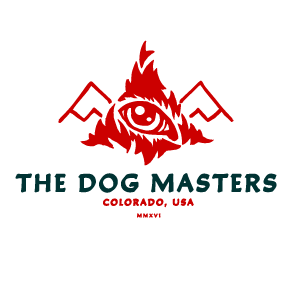Philosophy
The goal is for you to be a calm, assertive, and dominant leader and for your dog to be a confident, submissive follower. This doesn’t mean your life with your dog is all rules, though. There’s always time for fun and play as long as your dog obeys when you say “enough.”
It’s about mutual respect, trust and love
No matter your environment—from the sprawling countryside to the compact city—the principals of dog training remain the same: It’s all about mutual respect, trust, and love, in that order.
Respect
Your dog must respect you as an authority, and you must respect your dog as a follower. You have to prove to your dog that you’re qualified to lead him or her. Think of yourself as a new boss who must earn the respect of your employees. This comes through confidence and strong leadership.
Trust
Once you’ve proven yourself as a leader, your dog will trust you as someone worth following. Honor that by trusting your dog will obey you.
Love
Love is good. Affection is good. Rewards, in moderation and at appropriate times, are good. Even excited love (when you find yourself cooing over your dog in a “baby voice”) can be done at appropriate times. But not all the time. Sometimes, your dog will need tough love. This is not to be confused with rough love. Tough love is when you put the baby voice away, enforce your authoritative role, and set your boundaries. Think of yourself as the parent of a teenager. If they were misbehaving, would cooing at them in a baby voice feel like the appropriate response? No. You love them, but tough love comes into play to set the rules.
Rules, Boundaries, and Limits
Just like children need to know what they can and can’t get away with, so do dogs. You must establish house rules with your pet. Some of your rules may be: no barking inside the house and no jumping on friends or family members. Do you want your dog to greet visitors at the door? Should your dog mind the family cat and view him or her as an authority figure? All of these decisions are up to you and are entirely under your control.
Techniques
Modifying a dog’s behavior may feel impossible. After all, you and your dog don’t speak the same language. Yet.
The trick with behavior techniques is that you both do come to understand the same language, and you’ll feel it out with your dog as you go.
Being calm and assertive: If you want your dog to believe that you’re the boss, you need to act like it. Think about a leader you respect and trust. What qualities do they have that make you feel positively about them?
Body language: You can use body language to tell your dog that you’re in charge. Use your body to establish space and push your dog away from whatever thing—the front door, a shoe, the kitchen, etc.—you claim as yours.
Verbal corrections: Verbal corrections can be as simple as sounds like “shht” or “ehh-eh.” Acknowledge your dog by his or her name.
Rewards: Treats are a fun way to pamper your dog, but rewards in behavior correction aren’t necessary. Constant excited rewards can lead to anxiety or overexcitement in dogs.

